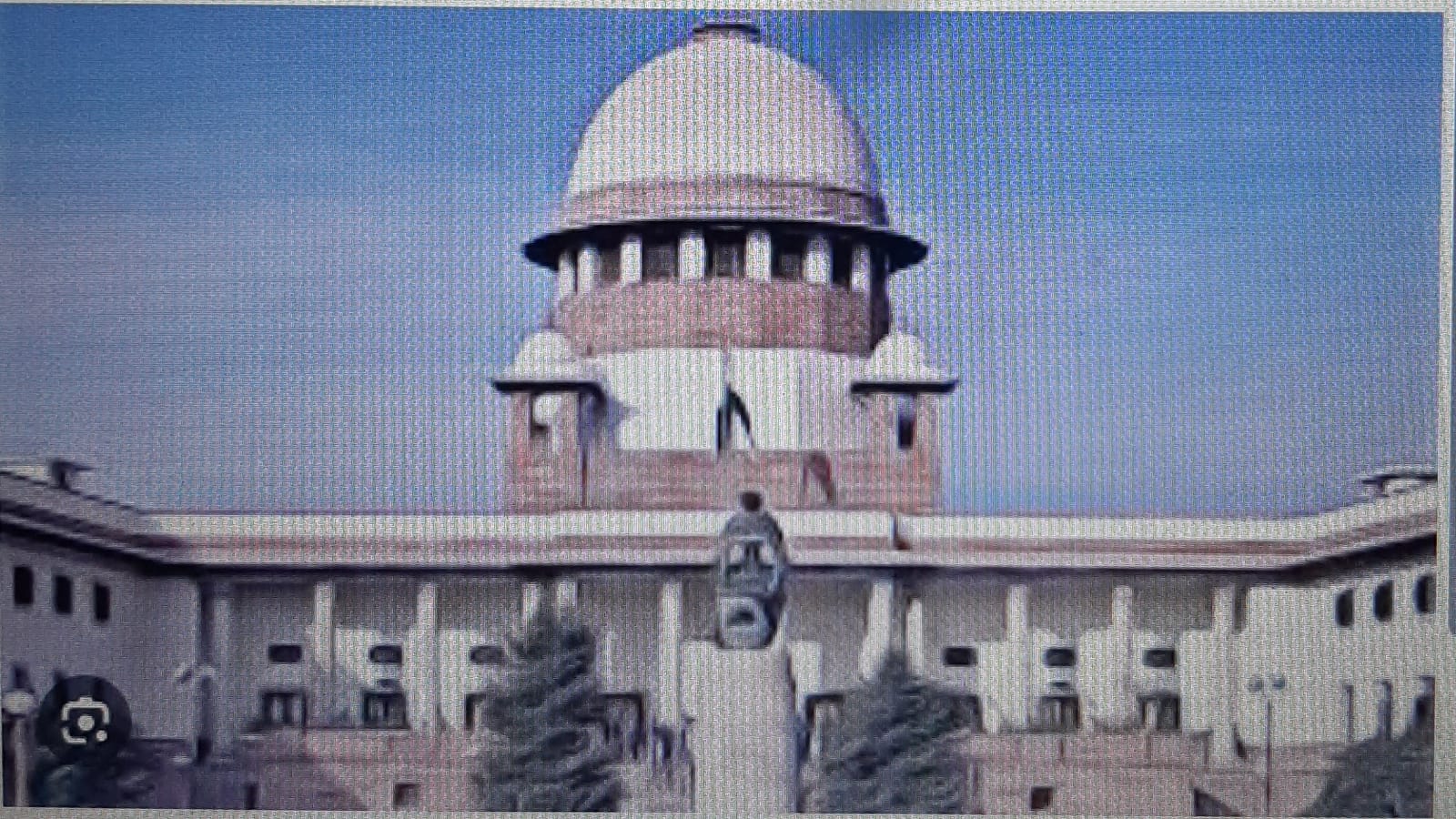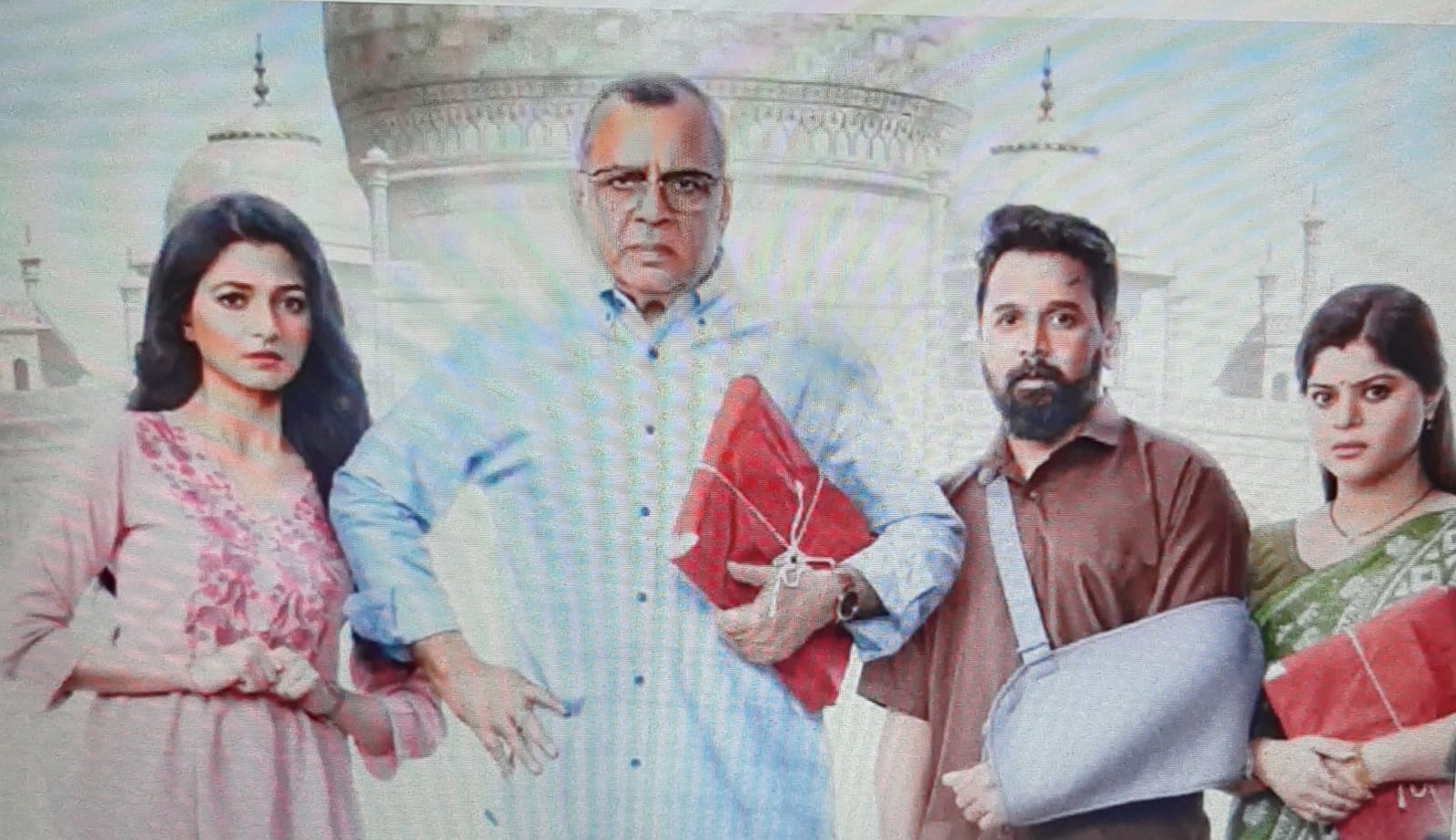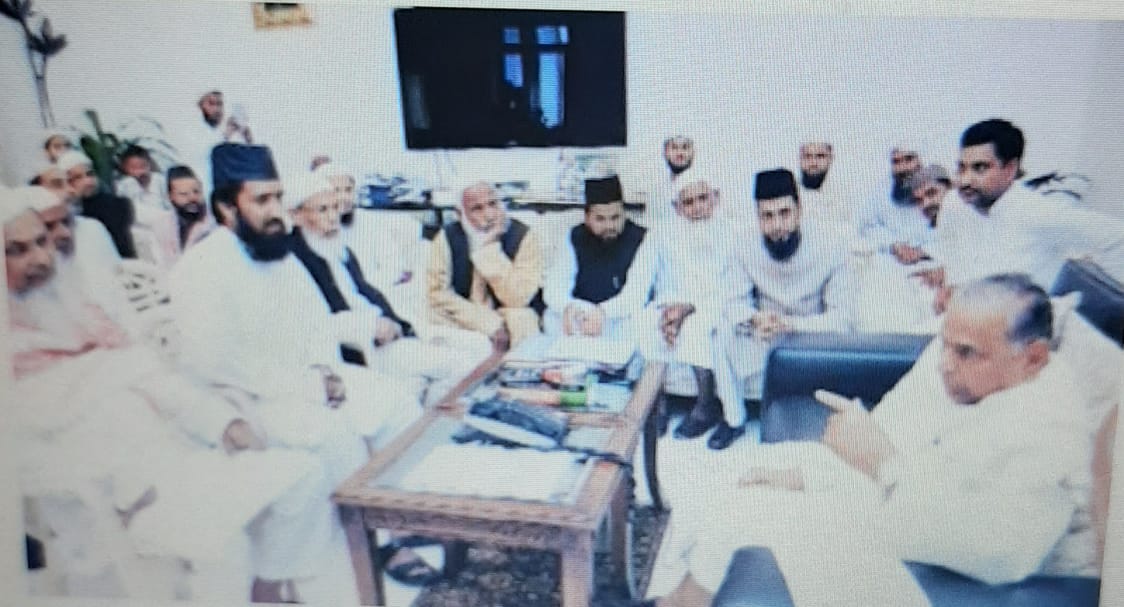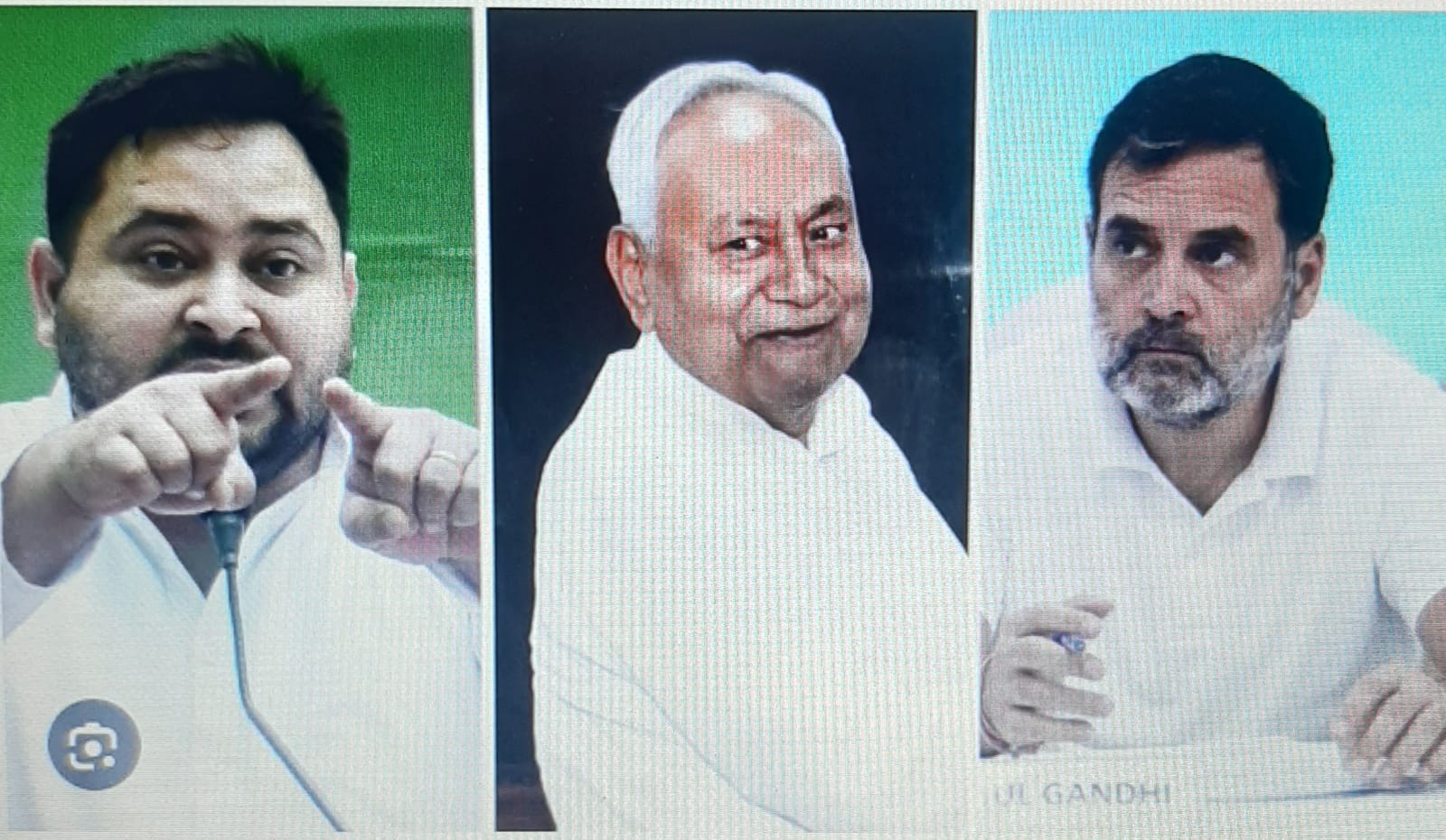
Over the decades and specially after Mandalization of Bihar in 1990, Muslims had become only vote banks for the political parties in Bihar. As with the emergence of OBC dominated politics in UP in 1989 and installation of Mulayam Singh Yadav as Chief minister, Muslim leadership had gone into oblivion. Same has happened with the commencement of Lalu Era in Bihar. The parties know well which way the Muslim votes will go in which constituency, so they do not give much importance to candidates from the community, writes M Hasan
Nearly five decades ago Abdul Ghafoor was the first and last Muslim Chief Minister in the long history of Bihar. In Congress-dominated and pre-Mandal era Ghafoor was chief minister from July 2 1973 to April 11, 1975. Thereafter 17.7 percent Muslims became only piggyback for various political formations in the state. Historically, Bihar Muslims have always suffered from chronic electoral underrepresentation. The number of Muslim MLAs in the State Assembly has never crossed 10%, except marginally high in 1985, when 28 MLAs were elected.
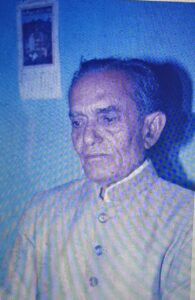
(First and last Bihar Muslim CM Abdul Ghafoor)
Now after 50 years, the RJD-Congress alliance has been talking about making a Muslim deputy Chief Minister if voted to power. The assurance has come from alliance CM face Tejashwi Yadav after the announcement of Vikassheel Insaan Party’s Mukesh Sahini as Deputy CM candidature from the Mahagathbandhan. Tejashwi Yadav said that there will be a Muslim and a Dalit deputy chief minister as well.
Over the decades and specially after Mandalization of Bihar in 1990, Muslims had become only vote banks for the political parties. As with the emergence of OBC dominated politics in UP in 1989 and installation of Mulayam Singh Yadav as Chief minister, Muslim leadership had gone into oblivion. Same has happened with the commencement of Lalu Era in Bihar. The parties know well which way the Muslim votes will go in which constituency, so they do not give much importance to candidates from the community.
Bihar has never had a Muslim in the Deputy Chief Minister post, though Ghulam Sarwar and Jabir Hussain held the positions of Assembly Speaker and Legislative Council Chairman, respectively. A few Muslim leaders such as Abdul Bari Siddiqui, Shakil Ahmad, Mohd. Taslimuddin, and Mohd. Zama Khan have been Cabinet Ministers. In the 17 Assembly elections held between 1952 and 2020, the State has elected only 390 Muslim MLAs, accounting for just 7.8% of all MLAs. The high point came in 1985, when there were 28 Muslim MLAs in the 324-strong legislature of undivided Bihar. In the last Assembly election in 2020, only 19 Muslim MLAs were elected to the 243-seat Assembly.
Poor and underprivileged Pasmanda Muslims have fared even worse in terms of electoral representation. Despite the community accounting for 73% of the State’s 2.3 crore Muslims, just 18% of Muslim MLAs have been Pasmanda so far. In 2020, there were just five Pasmanda MLAs, four from the All India Majlis-e-Ittehadul Muslimeen (AIMIM) and one from the Rashtriya Janata Dal.
Former IAS officer and founder Vice Chancellor of Khawaja Moinuddin Chishti University Dr Anis Ansari said in a statement that “It is a good sign that recently a few thought leaders started discussing in newspapers the necessity of share in political power by Indian Muslims. They also raised the issue of gap in leadership & political position – holders as well as the question whether those who held political positions delivered anything substantial to the development of the community”. Dr Ansari further said there should be a consensus that share in political power is very crucial in shaping development & growth of marginalized communities who are under -represented. The common goal thus should be to increase share in political institutions & tickets by all major community organisations.
He said this can be achieved more easily if a larger number of educated & resource-full activists join political parties & work towards obtaining share in political institutions and ticket distribution in proportion to their population share through their respective political parties. Political leaders should be held accountable for ensuring distribution of political power to their communities. Dr Ansari said in a secular polity aspiring to strengthen democratic institutions, religious minorities can have impact on political decision -making only to the extent of their voting power. Indian Muslims even as a minority of 15% population can impact political decision -making if they work strenuously through their respective political parties to mould decisions through a secular idiom towards socio economic development of their marginalised segments. Voters should be guided to vote for those candidates who are willing to help openly the marginalised communities get due political share, he added.
RJD chief Lalu Prasad Yadav used to boast that his party’s key to electoral success was the combined ‘MY’ vote bank accounting for 31% of the electorate (including the 17% Muslim population and the 14% belonging to the Yadav caste), who rewarded him 1990 to 2005. His winning formula was shattered, however, when JD(U) chief Nitish Kumar carved out a new vote bank comprising the extremely backward classes (36%), juggling the caste calculus to win and hold power for most of the last two decades. Moreover, sharp fragmentation of Muslim voters has also led to defeats of minority dominated seats. The results of 2020 assembly elections indicated that in 51 Muslim dominated constituencies BJP won 23 seats followed by JD (U) 10, AIMIM-five, Congress five, RJD four and others fours. This also indicated that Muslims had voted JD(U)-BJP alliance in 2020.
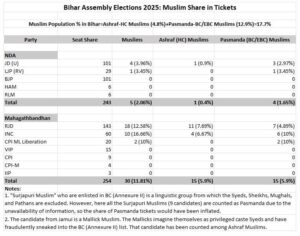
According to Professor Khalid Anis Ansari of Azim Premji University Bangalore while NDA has given just five tickets to Muslims, Mahagathbandhan (RJD-Cong-others) have given 30 tickets to minority community. (see chart). Of the total 243 seats NDA has given 2.06 percent representation to the community and Mahagathbandhan share is 11.81 percent in ticket distribution to the Muslims. This is despite the fact that the Muslim population is over 20% in 87 constituencies, making their votes a decisive factor in any candidate’s electoral fortunes. However, about 75% of the State’s Muslims live in northern Bihar. In recent years, the Muslim population in the Seemanchal or border districts of Katihar, Purnea, and Araria has gone up to 40%, while Muslims are the majority in Kishanganj district, outnumbering Hindus and accounting for over 68% of the population there.
Muslim candidates were not particularly successful even when fielded in the last Assembly election in 2020. The JD(U) had 11 Muslim candidates, all of whom lost the poll. The RJD had put 17 Muslim candidates in the fray, of which eight won. Of the 10 Muslim candidates fielded by the Congress, four had won. The AIMIM fielded 20 Muslim candidates, of which five won, though four of them switched loyalties to the RJD in 2022. Similarly, the Bahujan Samaj Party’s lone Muslim MLA later defected to the JD(U).
In both the 2020 and 2015 elections, the BJP emerged as the single largest party in these constituencies, while in 2010, that distinction went to the JD(U). The combined tally of the BJP and JD(U) stood at 24 seats in 2020 and a whopping 31 of the 35 seats in 2010.
Will the story be any different this time? Surveys by the Centre for the Study of Developing Societies have consistently shown that an overwhelming majority of Muslims in Bihar vote for the Mahagathbandhan. It is quite likely that the presence of multiple Muslim candidates in many constituencies will lead to a fragmentation of the Muslim vote.
(M Hasan is former Chief of Bureau, Hindustan Times, Lucknow)


